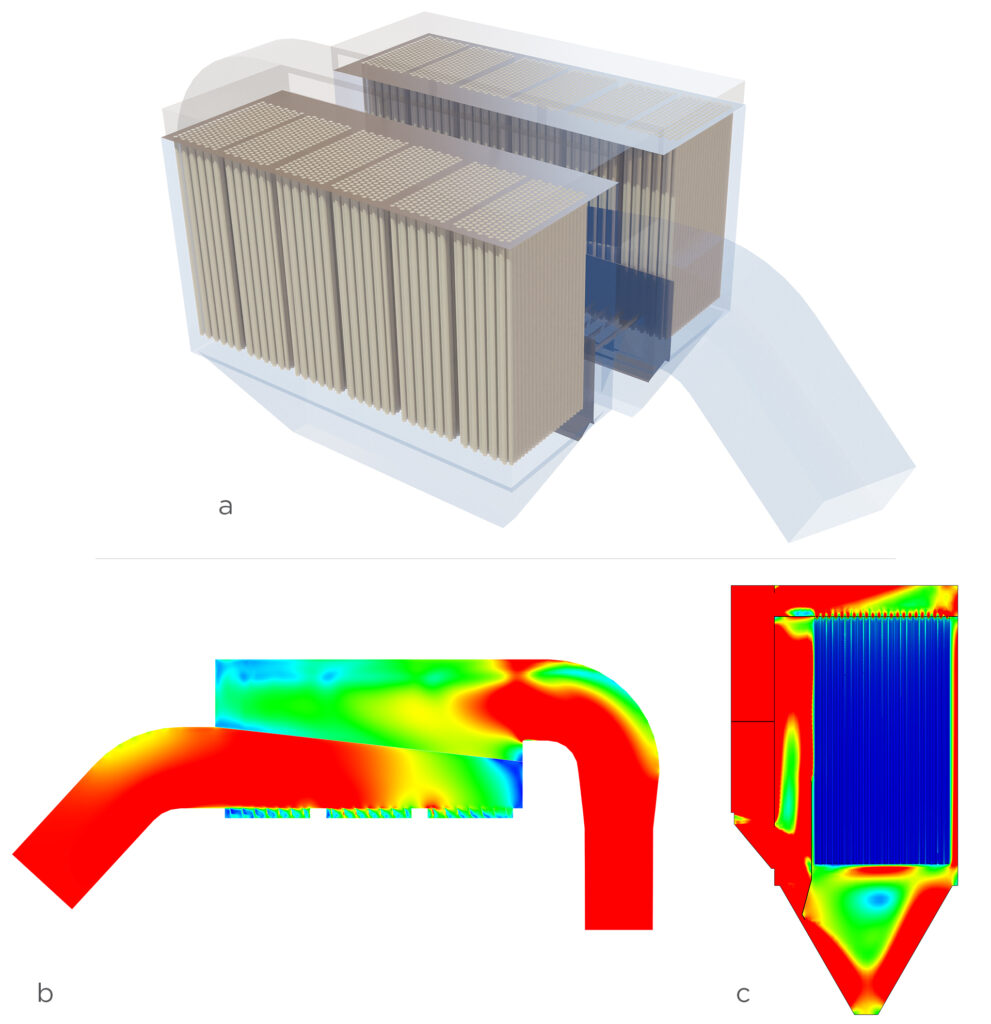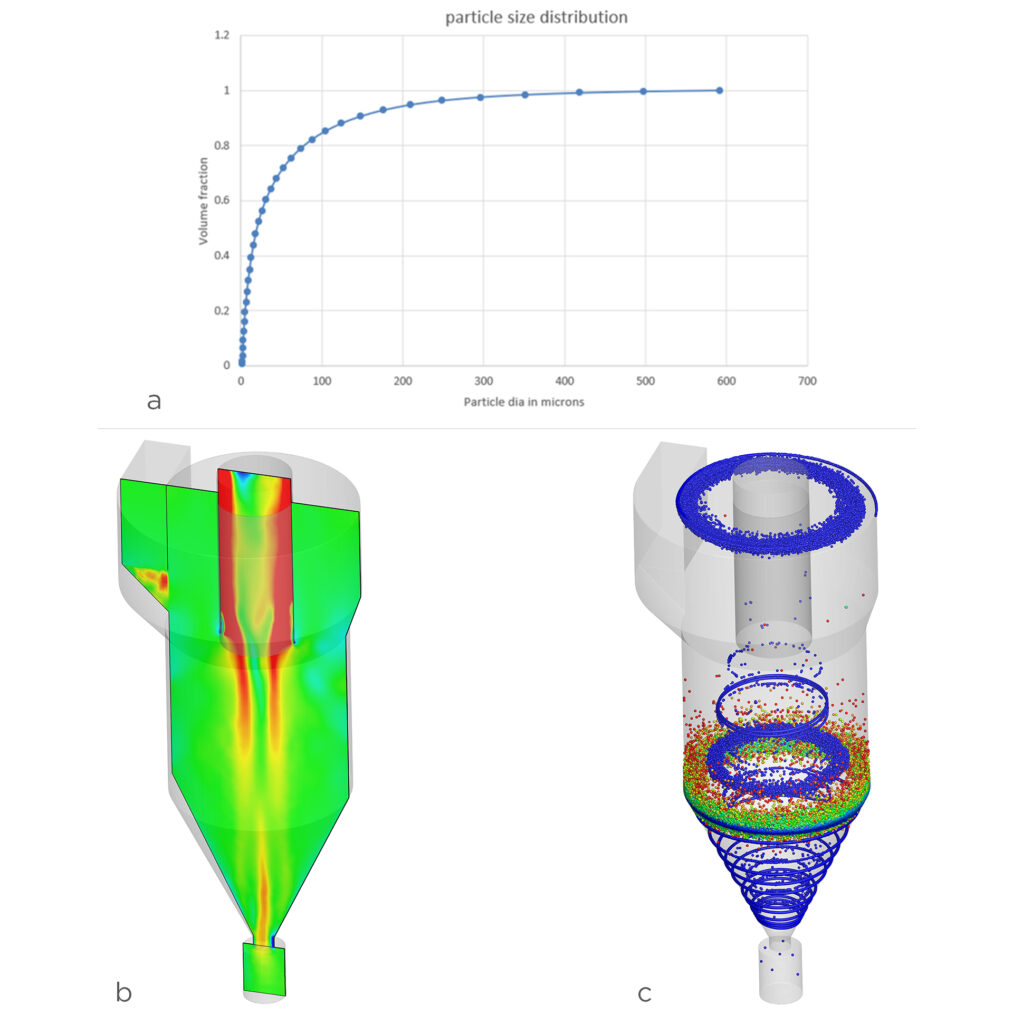
Author:
Sankalp Lal
Application Engineer, Documentation and Technical Marketing
With increased production capacities and outputs, it is important for industries to constantly upgrade their pollution control systems to stay within the ever-updating permissible emission limits. Clair Engineers Pvt Ltd, experts in the design, manufacture, and installation of air pollution control equipment and process equipments, have been helping companies not just control particulate matter and gaseous emissions but also optimize processes.
Because of the stringent norms, precision and efficiency of equipments becomes more than important. With a dedication to innovate and improve, engineers from Clair were in search of a CFD simulation tool, leading them to evaluate five tools with CONVERGE emerging as the winner!
Clair engineer’s objective of using CONVERGE was clear: assess performance, ensure compliance with rigorous standards, predict any shortcomings, and enhance design efficiency. For evaluation, Clair delved into the intricacies of an electrostatic precipitator (ESP), bag filter, and a gas cyclone. ESPs are industrial air pollution control device that removes particulate matter from exhaust gases. It plays a vital role in environmental protection. The simulation of ESP provided an in-depth understanding of the pressure drop, flow velocity, and flow uniformity across the domain and at the perforated plates. We deployed CONVERGE’s under-relaxed solver to not only ensure precision but also a rapid turnaround time.

In the case of a bag filter, fabric bags are employed to capture and remove particulate matter from air or gas streams. Here, its evaluation extended beyond assessing the pressure drop within the domain. The local velocity at the surface of the bag was also studied to ensure it remained below the defined threshold, not adhering to which can potentially damage the bag.

The last application, gas cyclone, is a device to separate particles from a gas stream through centrifugal force. We introduced solid particles into the system in the simulation. The focus of the evaluation was to ascertain the separation efficiency of particles in the gas stream. Tangential and axial velocities were scrutinized, and the results were compared to existing literature. The results were promising and comparable with the established benchmarks.

Being concerned with the large simulation domains in their applications, we offered Clair a flexible, affordable platform to access our solver on-demand, CONVERGE Horizon. It is a cloud computing resource optimized for the CONVERGE solver, ensuring an excellent performance-to-cost ratio.
Autonomous meshing and state-of-the-art physical models give CONVERGE the ability to accommodate complex geometries and solve hard problems. For Clair, to be specific, it was the under-relaxed solver, adaptive mesh refinement (AMR), and grid scaling features that won their approval. AMR and grid scaling allow CONVERGE to change the mesh size during simulation runtime in the required regions and the whole domain respectively, all based on a few parameters that a user can define in a few minutes. These features in CONVERGE save users time and concern for creating optimized mesh before starting the simulation.
These features alone were not the reason for CONVERGE’s victory. One of the key differentiators was the top-notch support and guidance from our engineers. Their experience with our team was such that they ended up calling it the “best” (a common feedback from all of our customers and something we take pride in). The confidence nurtured during the evaluation period extended their long-term vision. In the future, they plan to implement CONVERGE across their entire product line.


